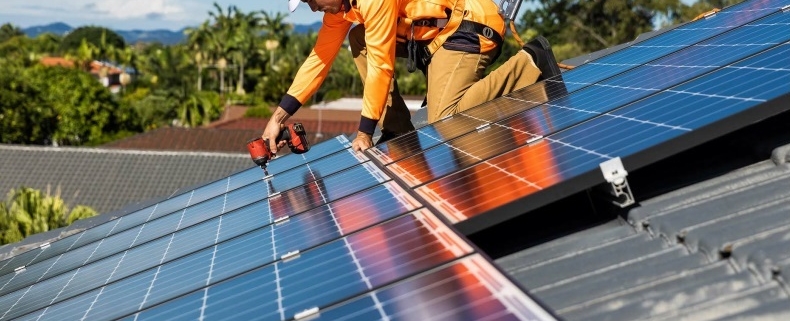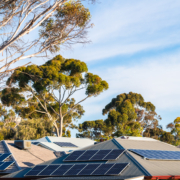Cutting off solar isn’t the answer
Australia is a world leader in both rooftop solar photovoltaic (PV) deployment and in its research and development. Australians love rooftop solar. They love the cost-of-living impact, they love the climate impact, and they love the control over their electricity costs and supply.
Installing rooftop solar PV reduces power costs, and a household or business’ dependency on the wider electricity system. That has a direct impact on that consumer’s power consumption costs. Rooftop solar PV also reduces electricity wholesale prices and the emissions associated with electricity because when the systems are generating more power than is being used in the home or business the excess electricity is exported to the wider grid, flooding the market with ‘free and clean’ excess electricity.
Australian states and territories either have, or are working towards, an ‘emergency backstop mechanism’ that will cost consumers right in their hip pockets. This mechanism means that their systems can be shutdown remotely. That doesn’t just mean there will be times when they are not able to make money exporting their excess power to the grid, they won’t even be able to consume that sunshine as power themselves – they will have to buy electricity from their retailer.
With increasing numbers of installations and the severe weather related to climate change it is likely that there will be more frequent system stress events which will require the use of the emergency backstop, so customers will be cut off from their generation more frequently.
Our discussion paper explores:
- The myth – rooftop solar destabilises the national grid;
- What is the emergency backstop mechanism?
- How does the emergency backstop work?
- Alternative approaches to managing rooftop solar PV.
You can access our paper here: Cutting off solar isnt the answer 18 Oct 2023 (1)











